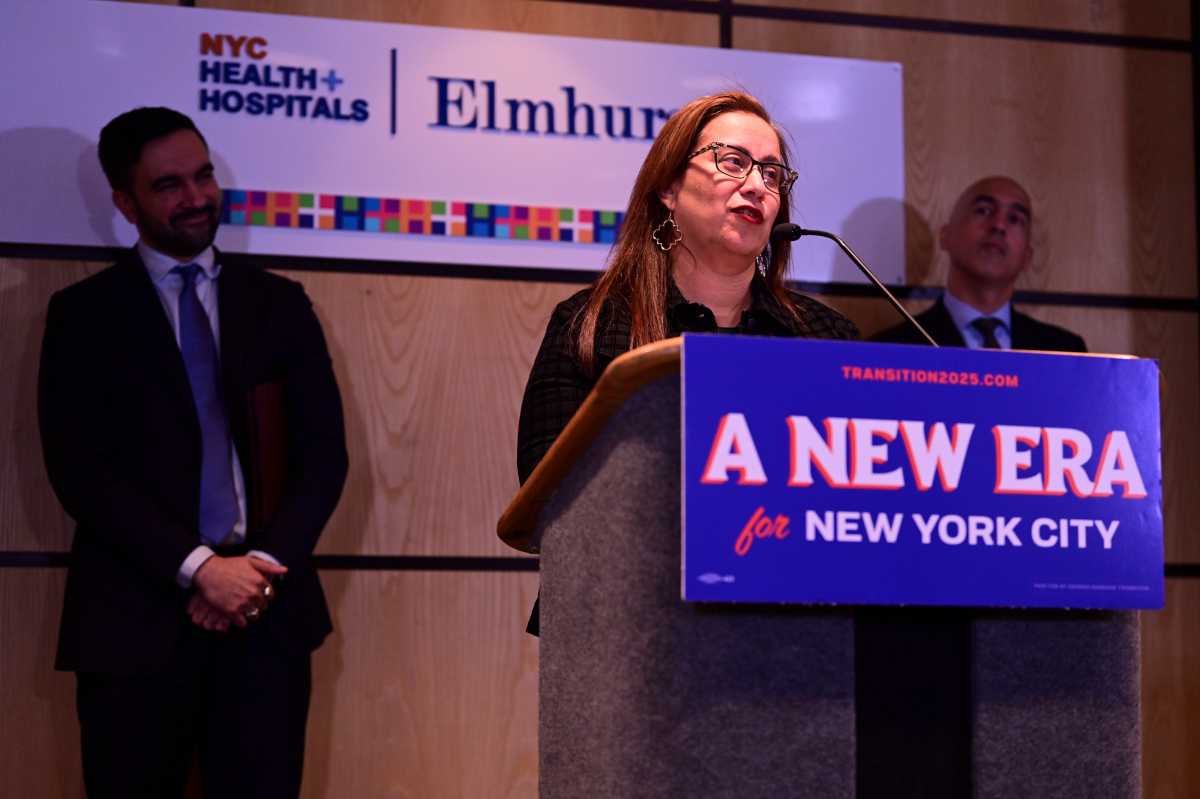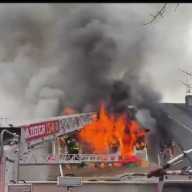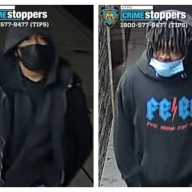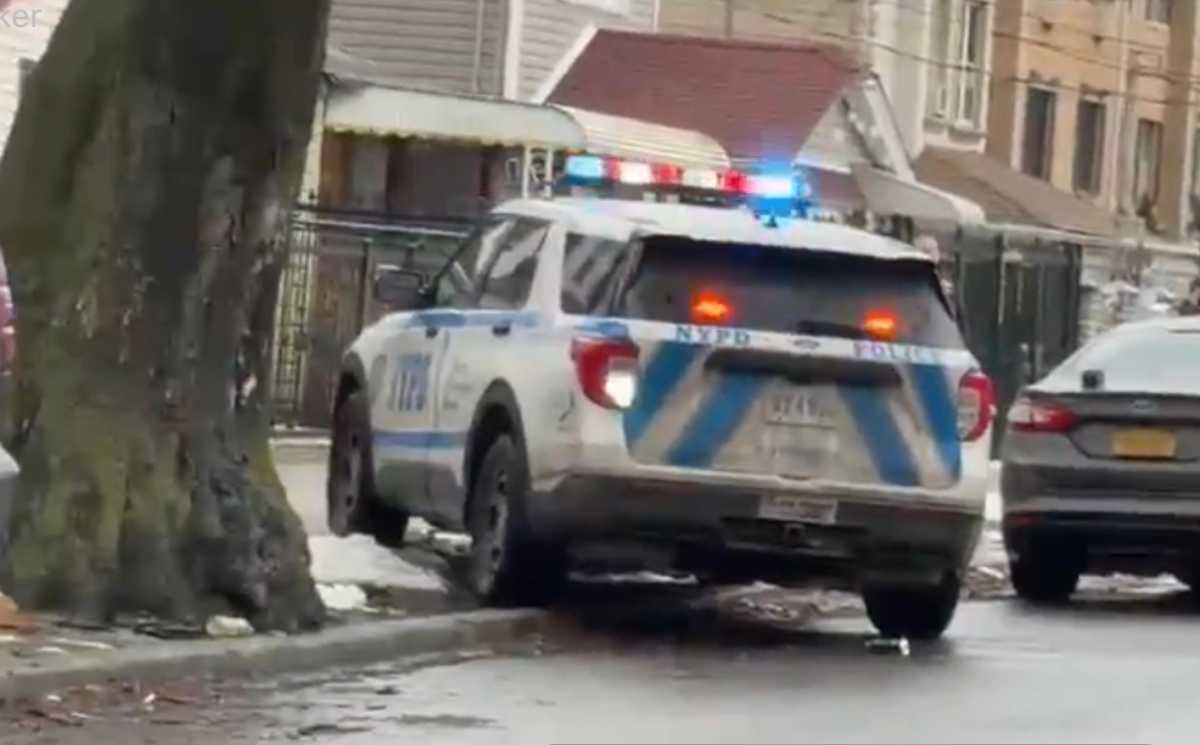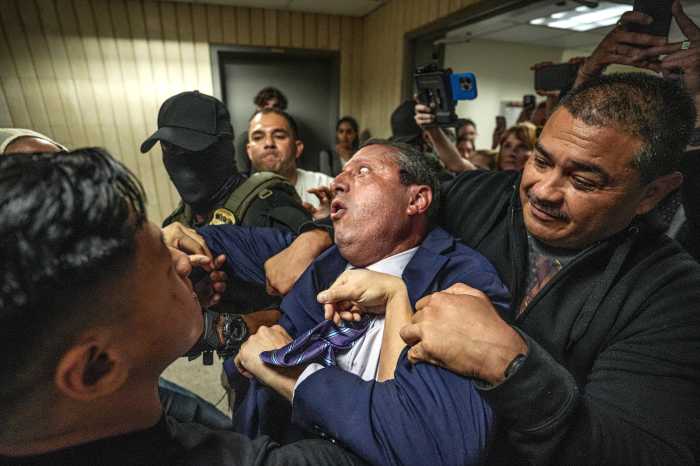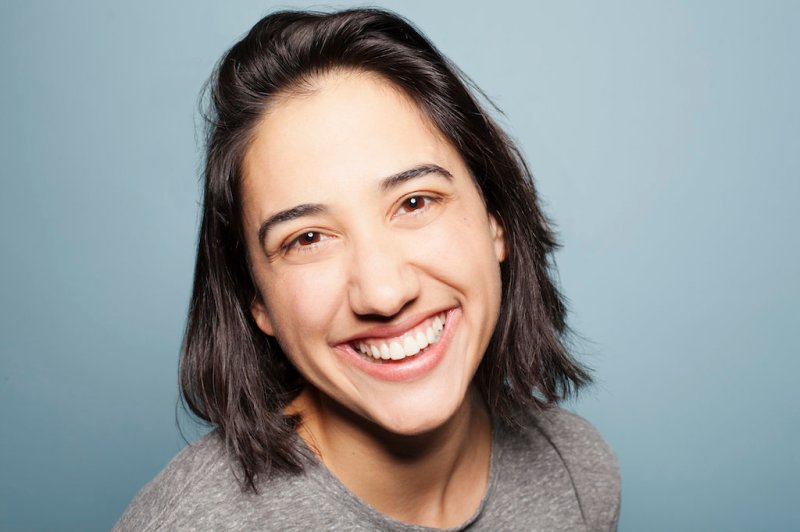Read Related Article #1: What is being done today
Read Related Article #3: Survivor Profile: Steven Berger
Read Related Article #4: Survivor Profile: Eva Kessner
Read Related Article #5: Tracing history: DNA Shoah Project seeks to reconnect kin
Read Related Article #6: 60 years from now: Maintaining the legacy of the Holocaust
Read Related Article #7: Survivor profile: Ethel Bauer Katz
Read Related Article #8: More resources on the Holocaust
Read Related Article #9: About the “Legacy of the Holocaust” series
The Harriet and Kenneth Kupferberg Holocaust Resource Center and Archives at Queensborough Community College provides the necessary tools to teach others about the Holocaust while also using its lessons to educate people about hate crimes still affecting communities today.
The center began to form in 1983 when Dr. William Shulman of the school’s history department was teaching a course on the Holocaust. He began to gather related materials and artifacts. Before long, what he had kept outgrowing the storage spaces and the center was opened in the basement of the library.
Shulman had amassed a library of about 5,000 books, a video collection and had more than 1,000 items for Holocaust-related exhibits. He also created a speakers’ program and lecture series.
The Holocaust Resource Center and Archives is now under the director of Dr. Arthur Flug, who has been with the center for five years. He said that not only is the center the only one of its kind in the borough of Queens, but it is also the only one of its kind in New York.
“We do something very different,” Flug said. “We take the Holocaust and look at it through a few different prisms.”
First of all, he said it is looked at as “an academic subject of understanding and seeing what took place and how it developed.” The center works with many survivors who speak to groups both at the center and outside of it. Many of the survivors also volunteer at the center doing tasks such as clerical work, reviewing videos or acting as docents.
There is also a group of survivors who take part in “Bagels, Books & Talk,” which is held with the Samuel Field YM-YWHA. The group meets every other week to talk about issues important to them while also taking part in related activities.
Flug said that giving the survivors a chance to talk about their concerns “gives them a feeling that it’s not going to be forgotten and will be of use.”
The center also has students who intern with them. The students study the Holocaust and learn how to interview a survivor. They are then paired up with a survivor to conduct an actual interview.
“It tends to be a transformational experience,” Flug said.
Flug also said that messages that came out of the Holocaust, such as intolerance, hatred and genocide, are made relevant to what is happening within communities today.
“The Holocaust has a legacy that resonates about group reaction, social responsibility, individual responsibility, and the need to understand people’s differences even though you may disagree with them,” Flug said. “We’ve been able to take the lessons of the Holocaust and use them in creating a series of understandings we call life skills or survival skills.”
The center now conducts a program that addresses what a person can do if they are the victim of a hate crime. It started as a community-wide conference attended by more than 100 people and has now expanded to go into local schools. Flug said they have even taken the program to Teacher’s College and have been asked to return to conduct it a second time.
One of the many events that the center holds through the year is the Holocaust Freedom Seder. The event uses a special survivor’s Hagaddah produced by U.S. Third Army Chaplin Rabbi Abraham Klausner following the end of World War II that was used for the 1946 Passover.
On June 3, 2007, The Holocaust Resource Center and Archives broke ground on its new facility on campus and expects to complete it in the spring of 2009. The new center will have a classroom with audio, visual, and computer technology, an expanded library, a conference room and video capabilities for teleconferencing. A glass box enclosing the center will be used for permanent exhibitions, including interactive video exhibits of testimonies that have been given by survivors.
“One of the things that concerns us very much is the idea that survivors are getting older,” Flug said, adding that the exhibit with the testimonies will give them a form of immortality.
Harriet Kupferberg gave a $1 million endowment to the center. Construction is being made possible through funding from the state, city and borough president’s office.
“We are delighted that the city, state, and borough president have really undertaken a tremendous leadership responsibility here in providing for us,” Flug said. “This is significant funding and they look upon it with the same importance as we do.”
Flug said that the survivors have shared their stories with the center and that it is as though they are relying on the organization to share their stories so that they are not forgotten and are used to teach others.
“This is not a job,” Flug said. “This is an obligation.”
The Harriet and Kenneth Kupferberg Holocaust Resource Center and Archives at Queensborough Community College is located at 222-05 56th Avenue in Bayside. For more information, visit www.qcc.cuny.edu/HRCA or call 718-281-5770.








